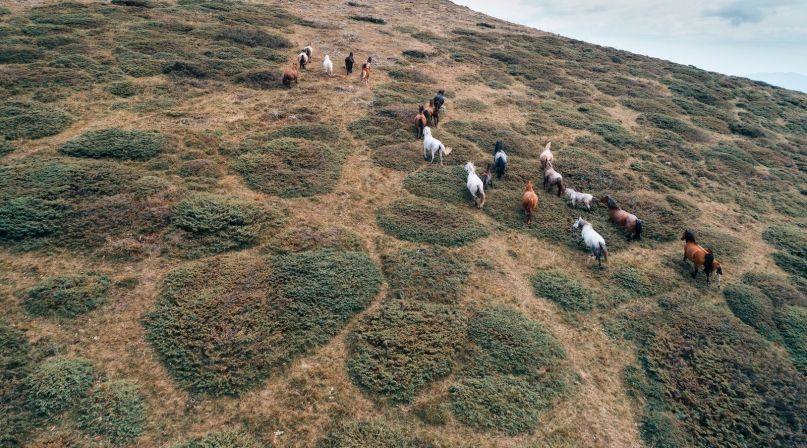Bureau of Land Management Aims to Acquire More Holding Facilities for the Wild Horse and Burro Program
Upcoming Events
Related News

Key Takeaways
On July 31st, the Bureau of Land Management (BLM) announced its intent to acquire more short-term holding facilities for the Wild Horse and Burro (WHB) Program. The BLM aims to have facilities in the 30 states that are east of the Mississippi River. Currently, the WHB Program manages 26.9 million acres of public lands across Western States. The acquisition of more facilities across the eastern states would help address the shortage of corral sites that the program currently has.
The Wild Horse and Burro Program began in 1971 as a way for BLM to implement P.L. 92-125, the Wild-Free Roaming Horses Act. This Act was passed to protect the wild horse and burro populations while sustaining the nation’s public lands. To achieve this goal, the BLM must manage the wild horse and burro population which requires controlling the density of these populations in certain areas. The program currently has 177 herd management areas on which BLM conducts regular Gathers and Removals of wild horses and burros. These activities are one of the major contributors to the need for additional holding facilities. Humane transportation is essential to the vitality of wild horse and burro populations, which limits the hours that the animals may spend in transit. These additional holding facilities will help broaden the WHB adoption and sales program by providing greater regional shipping and receiving locations.
For those interested in learning more about how to provide an Off-Range Corral Site, please visit the BLM’s Request for Information Site. Interested parties must complete and submit a questionnaire to the BLM no later than August 30, 2020.
Related News

Secure Rural Schools Reauthorization Act of 2025 signed into law in victory for counties
On December 18, 2025, President Trump signed the Secure Rural Schools Reauthorization Act of 2025 (P.L. 119-58) into law. The reauthorization of the SRS program is a major victory for counties and ensures that timber-dependent counties will receive critical funding to maintain essential local government services such as public education and transportation infrastructure.

DOI announces creation of new U.S. Wildland Fire Service
On September 15, the U.S. Departments of the Interior (DOI) and Agriculture (USDA) announced major joint directives to change how the agencies will coordinate and provide wildfire response, including the creation of a new U.S. Wildland Fire Service within Interior.

U.S. House of Representatives passes SPEED Act and other permitting reform bills
On December 18, the U.S. House of Representatives passed the SPEED Act (H.R. 4776). The SPEED Act would strengthen county involvement in decision-making and make needed commonsense reforms to the federal environmental review process.